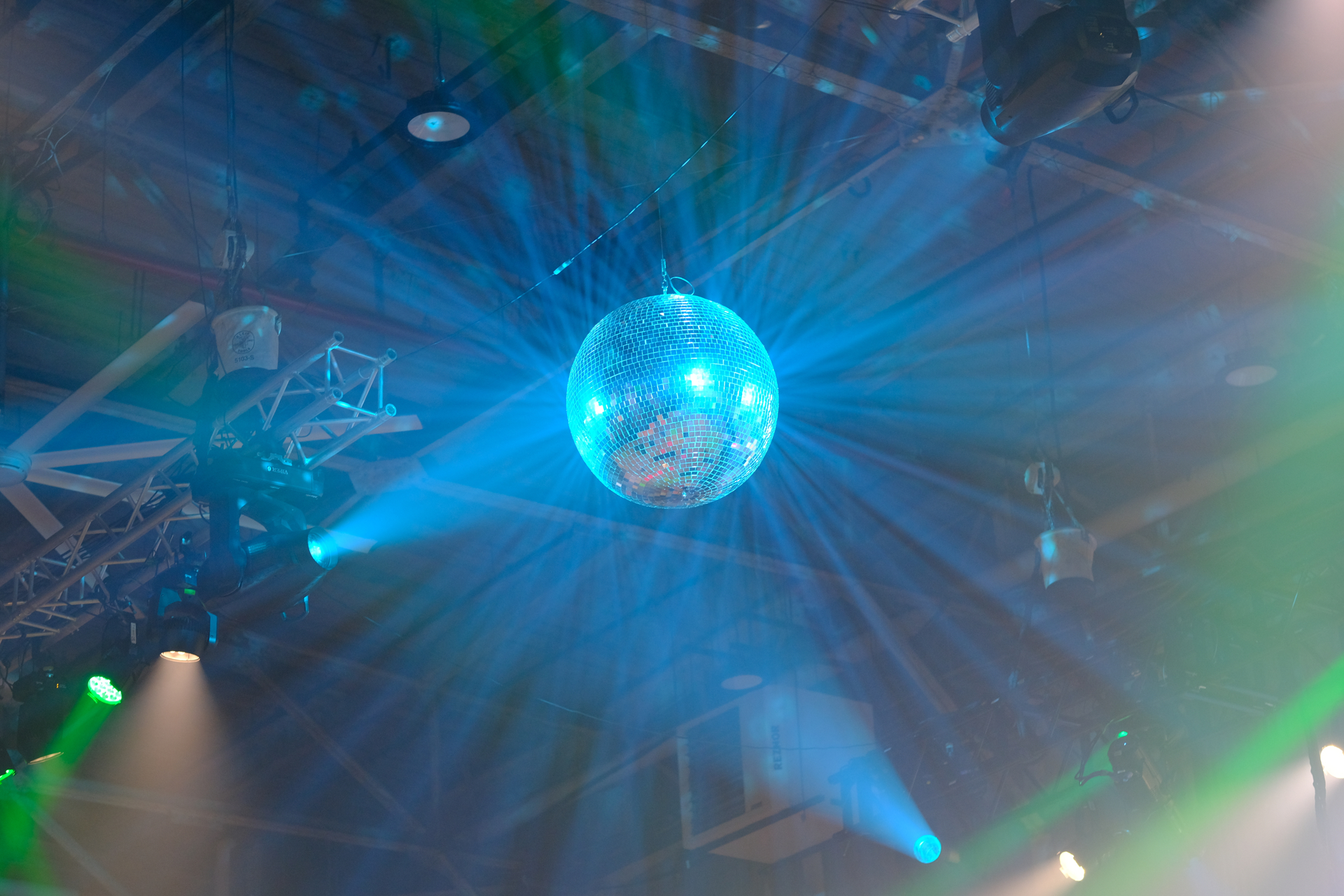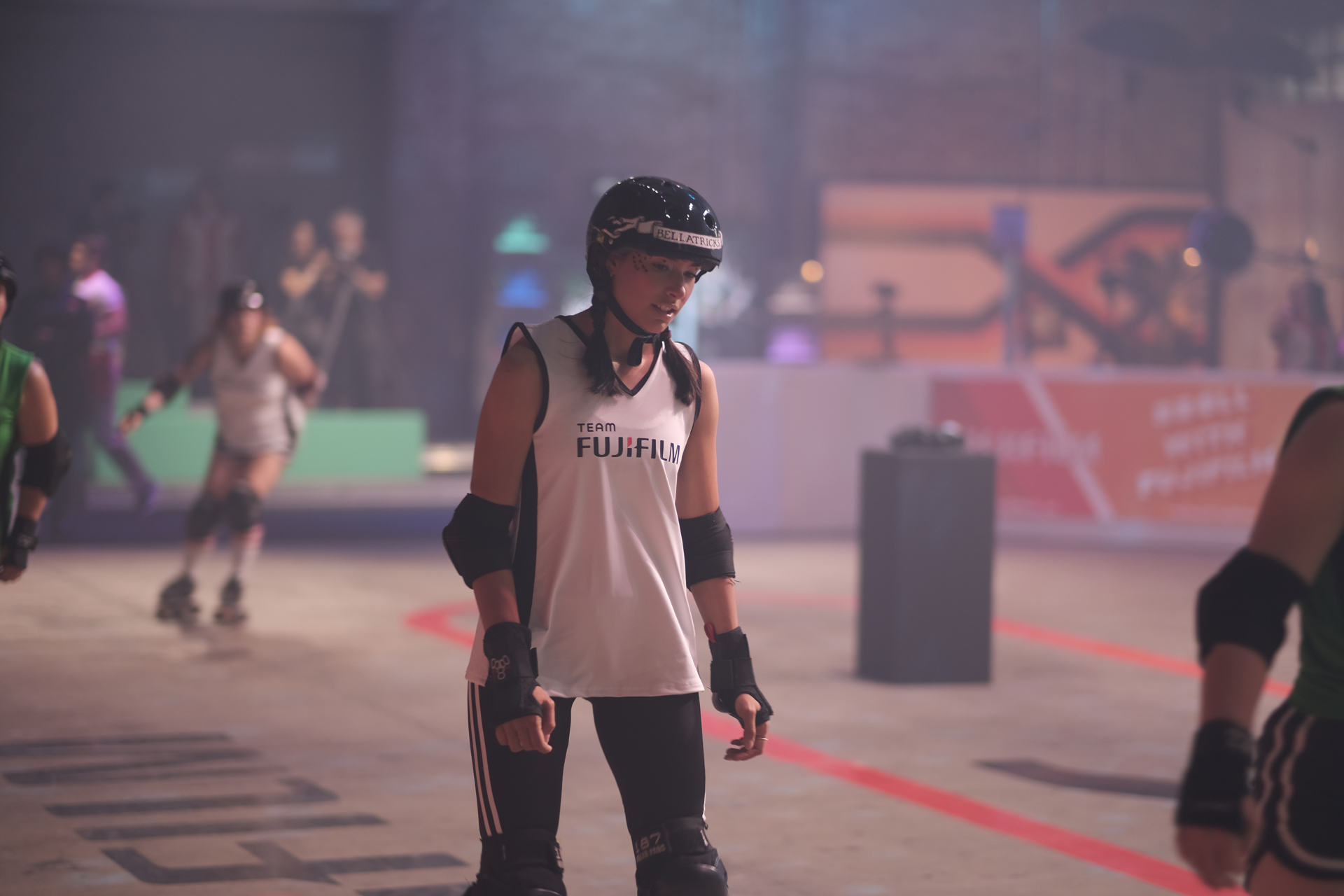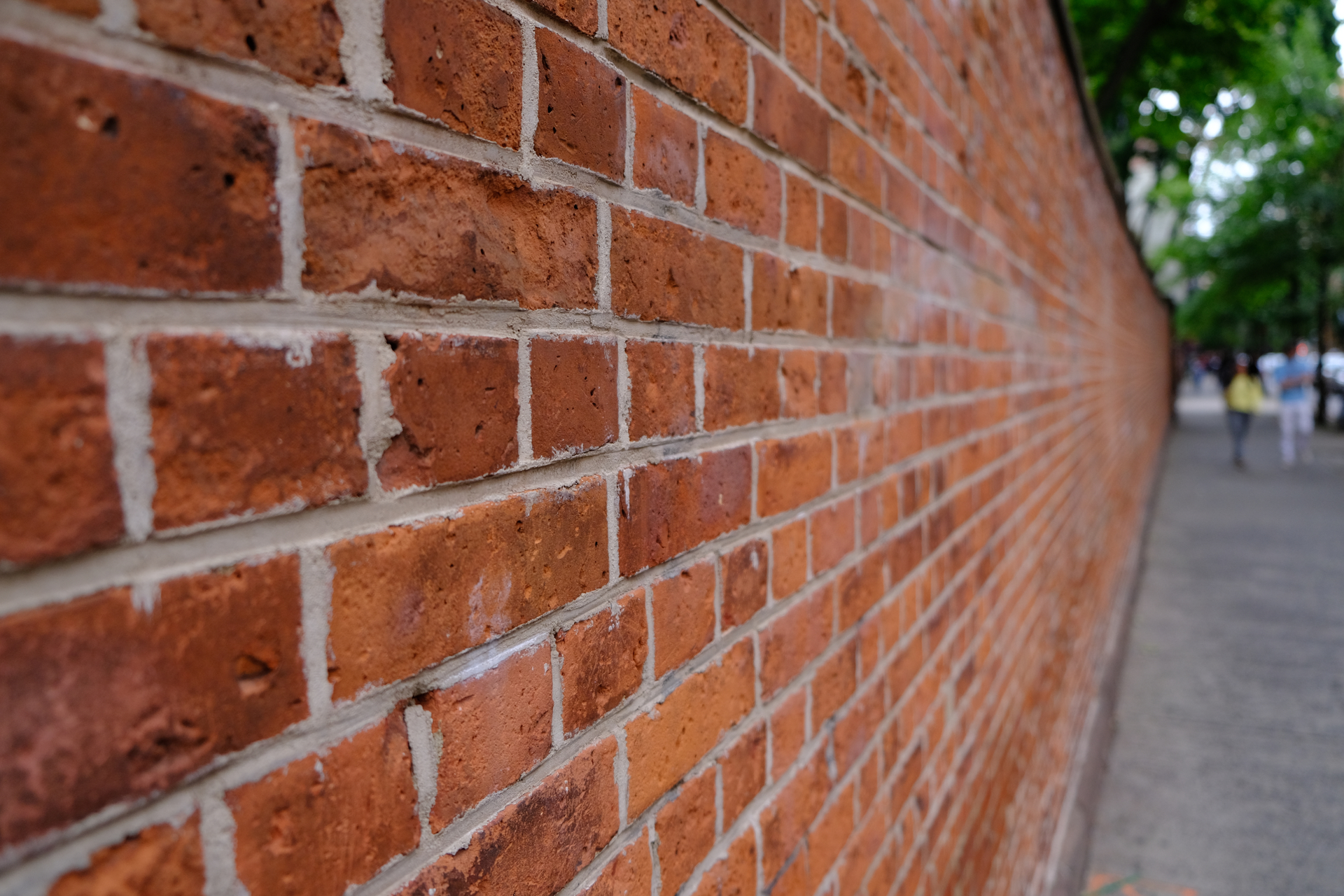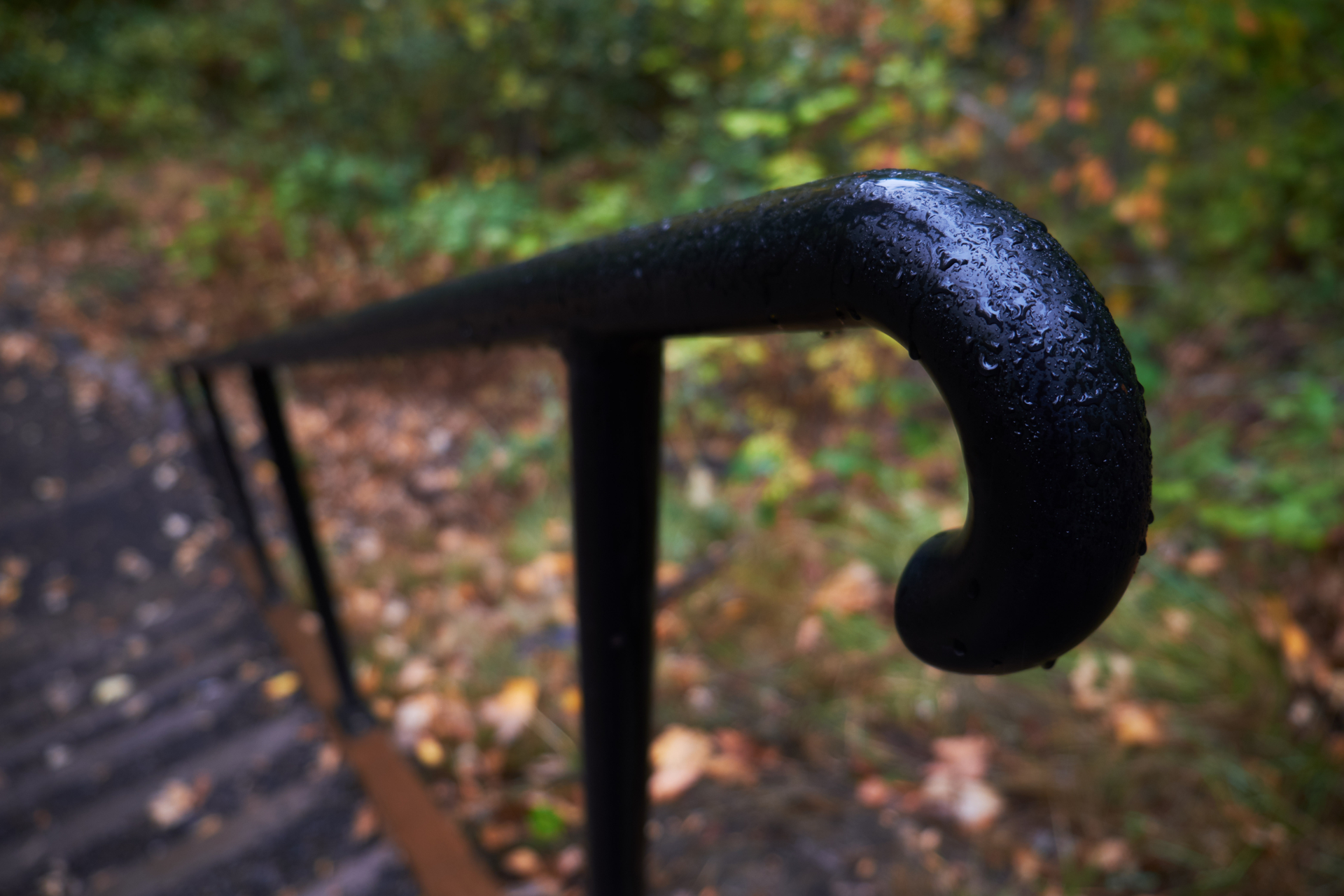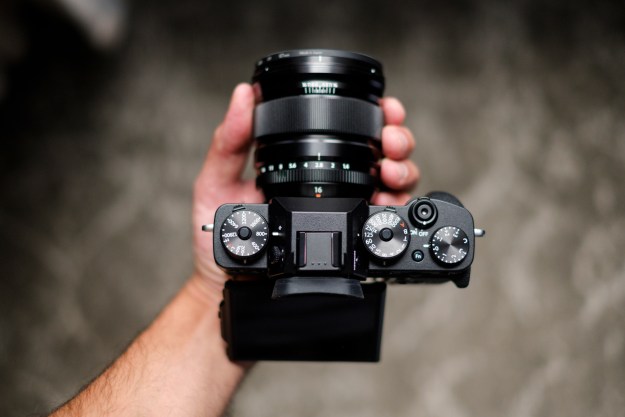
- Excellent image quality
- Significantly improved autofocus
- 4K/60 and high bitrate video
- Outstanding electronic viewfinder
- Great design and user experience
- No in-body image stabilization
- Limited LCD articulation
A curious evolution has been going on over at Fujifilm. Its X Series mirrorless cameras began as affordable alternatives to the aspirational Leica M rangefinders — you know, the ones that routinely get rehoused in new skins and released as special editions selling for well north of $10,000. They also appealed to the same sorts of users, namely film-era street photographers who preferred a quieter, more methodical approach to their craft, unswayed by boastful burst rates and petty pixel counts.
But more recently, the X Series has grown beyond this limited scope. The label of “poor photographer’s Leica” no longer applies. It very much has an identity of its own now, and the $1,500 X-T3 is the latest evidence of this evolution. It’s not just an attractive camera meant to stir up fond memories of the good old days of film; no, this is a camera that’s looking forward.
Make no mistake: Although it looks nearly identical to the X-T2, with the same analog-inspired design, this third-generation X-T camera is all new. Image quality, already great, is better. Autofocus, and performance in general, is faster. Most surprising, video takes a giant leap forward. But it isn’t just for itself that the X-T3 is so interesting; gazing into its lens like a crystal ball, we can see hints of what’s to come — and what might be worth waiting for.

And that’s the one thing that may bring us pause; not that the X-T3 isn’t great — indeed, it’s exceptional — but that for as good as it is, there may be something even better coming around the corner: the eventual follow-up to the X-H1 (presumably, to be called the X-H2).
But for now, the X-T3 has the broadest appeal of any Fujifilm, with enough high-tech performance to draw in the likes of videographers and sports photographers — the very customers Fuji seemed content to ignore in the early days of the X Series. And X-T fans who prefer the smaller build, lighter weight, and classic feel of the product line will find (almost) everything they need in the X-T3.
Same look, new great features
If the X-T2 brought the X Series into the modern era, the X-T3 is looking to the future. It would be easy to call this camera a refinement, but in truth, it’s more than that — it’s a commitment. The X-T2 felt like an experiment, as if Fujifilm was trying to prove it had a place in the world of high-tech photography. The X-T3 takes a much bolder stance. No longer content to just keep up, this is Fujifilm saying, “Anything you can do, I can do better.”
Of course, “better” doesn’t always mean “first.” The X-T3 clearly targets another high-end APS-C camera: Sony’s A6500, released in 2016. For this reason, the X-T3’s time on top may be short-lived, but Fujifilm has set it up with wealth of features that should ensure it remains competitive throughout this generation. It meets or beats the A6500 at every turn but one — in-body image stabilization — and it benefits further from Fujifilm’s dedication to the APS-C format, with arguably the best APS-C-specific lens lineup of any manufacturer.
The X-T3’s prowess is a result of two key technology upgrades: the backside-illuminated, 26-megapixel X-TRANS CMOS 4 sensor and X Processor 4 image processor. Both are designed for speed, with the sensor offering 10-times faster readout than the previous model and the processor being three-times faster than the X Processor Pro found in the X-T2, X-Pro2, and X-H1.
The X-T3’s electronic viewfinder is absolutely brilliant and one of the sharpest we’ve ver used.
That helps the X-T3 churn out 11 frames per second (fps) with continuous autofocus, or up to 20 fps when using the electronic shutter (or 30 fps with a 1.25x crop). While the X-T2 could also hit 11 fps, this was only possible when using the optional Vertical Power Booster grip. A grip is also available for the X-T3, but now it merely extends battery life rather than adding performance.
However, the most noteworthy improvement may be the new autofocus system, which puts 425 phase-detection points across 99-percent of the frame. It’s complemented by rewritten face and eye-detection algorithms, and it basically makes the X-T3 capable of things the X-T2 could only dream of.
All of this new tech is packaged into a very recognizable body, with little to differentiate it from the X-T2 save the name badge. Some minor tweaks have been made, like adding resistance to the front and rear control dials to make it harder to rotate them accidentally.

The experience you love, the performance you need
The X-T3 incorporates some excellent new technology, but the selling point remains the engaging experience — and when it comes to user experience, a high-end
Face- and eye-detection algorithms have been fully reworked and are now usable in video mode.
The wider phase-detection AF coverage means you can track a subject right to the edge of the frame without resorting to slower contrast-detection AF. In both single-shot (AF-S) and continuous (AF-C) modes, the new AF system performed noticeably better than the X-T2. Even first-generation XF lenses that are somewhat notorious for slow autofocus, like the 35mm f/1.4, were snappier on the X-T3.
Using the high-speed continuous drive, we did notice that the camera could not maintain a consistent 11 fps in AF-C mode. Even after setting Focus/Release Priority to “release,” it seems the camera was still prioritizing focus acquisition over burst rate. On the plus side, nearly every frame was properly focused. In AF-S mode, the X-T3 easily holds that 11 fps speed until the buffer fills up (after about 35 RAW images in our testing, although Fujifilm says it should get 42).
The face- and eye-detection algorithms have also been completely reworked and, importantly, are now usable in video mode. The X-H1 can also do face-detection in video, but our experience with it was somewhat hit and miss. The X-T3, on the other hand, didn’t give us any issues.
The LCD monitor has the same limited articulation as the X-T2. It can tilt up, down, and to the right — but it can’t flip out a full 180 degrees. That will make recording vlog-style video more difficult, which is a bit unfortunate given how usable the camera would be in such a scenario thanks to the impressive face-detection AF.
On the plus side, the screen is also now touch-sensitive and, like the X-H1, offers silent movie control mode which lets you adjust exposure without having to turn any dials. But the experience of using the physical controls has always been one of our favorite parts of shooting X Series cameras, and that remains true here. There is something satisfying about the tactile feedback of the ISO, shutter speed, and exposure compensation dials, and being able to check exposure settings at a glance, even when the camera is turned off, is convenient.
Battery life is rated at 390 exposures, a modest increase over the X-T2 but still nothing to write home about. Boost Mode, which reduces black-out time and bumps up focusing speed in addition to increasing the EVF refresh rate, will reduce battery life by 25-percent, according to Fujifilm. As is always the case, you will typically get much more out of the battery than the official rating, but you’ll definitely want a spare. The good news is, if you shoot most any other X Series camera, you already have compatible batteries.
Image quality: Exceptional low ISO performance
Fujifilm’s implementation of a backside-illuminated (BSI) sensor is noteworthy as it is just the second BSI APS-C sensor since 2014’s Samsung NX1 (may it rest in peace). However, it doesn’t produce the results you might be expecting. BSI sensors run their circuitry behind the photosensitive layer (hence the name), whereas traditional sensors place it in front, thus blocking some light. BSI sensors leave more surface area exposed, thus increasing light sensitivity. In theory, this makes them better in low light — but Fujifilm seems to have tuned its sensor for low ISO performance.
In our testing, we actually found the X-T3 to produce slightly more noise at high ISO settings than the X-T2. This has been confirmed by other reviews. In part, this may be a result of the extra two megapixels, which means the size of individual pixels is smaller. But the X-T3 also has a lower base ISO of 160, compared to 200 in the X-T2, suggesting Fujifilm is more concerned with maximizing dynamic range than minimizing noise at high ISO.
This was a good decision. First, the noise difference doesn’t become noticeable until ISO 3,200 or so. Second, it’s simply not that apparent except in a side-by-side comparison (see the video at the top of the page for an example of this). And finally, even a modest amount of noise reduction all but eliminates the difference. On the other end of the spectrum, however, we see a clear advantage to the X-T3.
The X-T3 is an impressive video camera, full stop.
In high-contrast scenes — think landscapes with a bright sky and dark ground — the X-T3 RAW file holds up considerably better after extreme highlight and shadow recovery. It retains more detail in the shadows with less noise and displays much better color and contrast, overall.
We understand that photographers who read “BSI sensor” and immediately thought “better low-light performance” may feel a bit let down, but keep in mind, the X-T2 was already about as good as APS-C gets in terms of noise — and the X-T3 isn’t really effectively any different. In our opinion, the usable ISO range is exactly the same, with the exception that the X-T3 gives you a lower starting point. We’ll take better base ISO dynamic range and color over less high ISO noise, any day.
This is a good time to mention that we processed all of the images for this review in the new Capture One Express for Fujifilm. Like the version that already existed for Sony, this is a special free version of Capture One built specifically for Fujifilm cameras — it won’t work with other brands. It’s a powerful piece of software, with the higher-end versions being the go-to RAW processor of choice for many professionals.
Capture One Express also does a great job of processing the more complex RAW files from X-TRANS sensors, offering excellent detail. We also found the noise reduction and sharpening tools to be particularly good. We won’t get into its many merits here, but getting a free version of Capture One definitely adds value to the X-T3 — and, indeed, any supported Fujifilm camera (which is most of them).
Video: Ready for the big screen
With the introduction of
There’s a host of big-picture upgrades, like
The X-H1 doubled the bitrate of the X-T2, to 200 megabits per second, and now the X-T3 doubles it again, to 400Mbps (200Mbps is the maximum for
With video recorded from the full width of the sensor, you won’t struggle to get a wide-angle perspective.
Fujifilm claims F-log, which is a low-contrast color profile that preserves more detail, is now good for 12 stops of dynamic range. If grading logarithmic footage isn’t your cup of tea, the X-T3 also inherits the Eterna film simulation, based on the motion picture film of the same time, which we absolutely loved in the X-H1. Additionally, Hybrid Log Gamma (HLG) support is reportedly coming later in 2018.
Full HD video can be recorded up to 120 frames per second for in-camera slow-motion, although this does come with a 1.18x crop. The video quality takes a hit, but it may be worth the high speed when you need it. Also, F-log is available in all framerates and resolutions.
But the biggest difference in video quality simply comes from the lack of crop. The X-T2 recorded
Our Take
Fujifilm hasn’t strayed far from its original path in terms of design and usability, yet the capabilities of its cameras have changed by leaps and bounds. This puts the X-T3 in a potentially challenging position, as it simultaneously looks to attract the classic X Series shooter — the methodical, film-era street photographer who doesn’t need all the flashy tech — and the modern multitasking hybrid creative, who demands powerful still and video features but likely doesn’t care about the classic hands-on experience.
It might sound like Fujifilm is having an identity crisis, but there’s no way around it: The X-T3 is the most capable APS-C camera currently on the market. Plus, it is further bolstered by the most capable APS-C lenses, and with the likes of the XF 33mm f/1.0 on the roadmap, it’s only going to get better.
Is there a better alternative?
The closest competitor to the X-T3 right now is the two-year-old Sony A6500, which has one advantage: 5-axis stabilization. Fujifilm appears to be reserving sensor-shift stabilization for just the X-H series, preferring to keep the X-T cameras more compact and lightweight. However, the X-T3’s higher-resolution viewfinder, more advanced video mode, and better user experience (at least, in our opinion) give it the edge.
But there’s something nagging us: the eventual X-H2. When the X-T2 launched, we had no idea the X-H1 was coming; but now that we know that line exists, we can’t just ignore it. Sure, the X-H2 is far from official, and probably still over a year away, but if it improves over the X-T3 as much as the X-H1 did over the X-T2, it might be worth waiting for. Keep in mind, though, it will likely cost close to $2,000, so it’s not an alternative for everyone.
How long will it last?
We’ve been using an X-T2 for over two years now with no problems, and the X-T3 is built to the same standards. We expect to see a replacement model in no less than two years’ time, but the X-T3 probably has the most life in it of any Fujifilm to date.
Should you buy it?
Yes, unless you plan on waiting for the as-yet-unannounced X-H2. This is an easy camera to recommend to advanced enthusiasts and professional shooters, particularly those who need strong still and video features. That said, if you are new to Fujifilm, you may want to get some hands-on time with the X-T3 before you buy; not everyone loves the design and control layout as much as we do.
Editors' Recommendations
- Fujifilm’s most-hyped camera has just started shipping
- Fujifilm’s GFX 50S II is the cheapest medium-format camera ever
- With a 50-megapixel sensor, the Hasselblad 907X 50C is vintage in looks only
- RAW power: Fujifilm brings RAW video to medium-format GFX 100 — and a new lens
- Sony A6100 vs. Fujfilm X-T200: Best beginner mirrorless cameras compared








